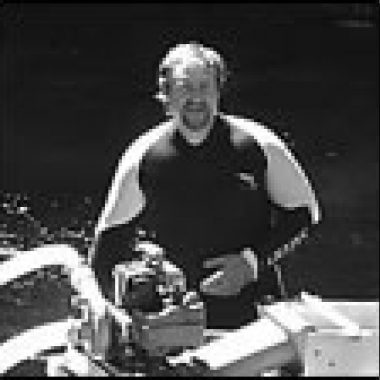Ask The Experts
Ask the Experts
April 2012 by Chris Ralph
Q: Re: “What Could Have Been,” Glenn C. Sherrill, Lost Treasure, April 2012, p. 56.“Somewhere I was reading how gold could change the chemistry of the soil even when wrapped in oilcloth and encased in a wooden box then buried. Years ago, I think it was Action Mining Company that offered a little resistance meter that had a small bowl on top into which a small sample of soil along with some water could be added. Then a resistance reading would show on the meter...”
This is an interesting article and I was wondering if there is any substance to it? Water being a solvent, how would you determine what type of metal/mineral was present in the soil/water using a volt/Ohm meter? Are there any resources to verify if this is true?
John
A: Concerning how gold affects the chemistry of the ground, there are a number of different metals that corrode and leach, putting out a mineralized halo of metal surrounding them. That halo makes them easier to find with a metal detector. While this fact may be true for iron and copper, gold is highly resistant to any form of corrosion. Bars of gold, sunken on Spanish treasure ships, have sat on the ocean floor in a highly corrosive environment for four centuries and still show no sign of corrosion. Although this is sometimes argued among detector operators, gold does not leach and form a mineralized halo. That said, in some cases, there are large amounts of iron associated with gold, especially in residual type deposits. The iron minerals associated with some types of native gold can create their own halo, and result in gold being detected somewhat deeper than you might otherwise expect because of that surrounding iron. This would not be true for treasure caches of bars or coins.
The conductivity of the earth’s soils, rocks and minerals can be measured, but it can only tell you certain things about what minerals are present. Actually, one could create a do-it-yourself-type soil conductivity measurement system with nothing more than a plastic cup and an Ohm meter purchased at the local hardware store or electronic shop. Unfortunately, what soil conductivity measurements really tell you is how much salt there is in the soil. By adding a little water, salt goes into solution and the dissolved salt in the water provides a conductive bridge from one sensor on the Ohm meter to the other. Because gold very strongly resists all forms of corrosion, you cannot use direct conductivity measurements to find gold deposits.
A much more sophisticated method of measuring conductive minerals in soil is known as induced polarization, and this method is commonly used by mining exploration companies to find certain types of electrically conductive sulfide deposits such as copper porphyries. I recently wrote an article called “The Basics of Geophysical Exploration” that includes a good discussion of the induced polarization method and how it is used. The article appears in the February 2012 issue of ICMJ’s Prospecting and Mining Journal.

© ICMJ's Prospecting and Mining Journal, CMJ Inc.
Next Article »« Previous Article
Additional articles that might interest you...
Ask the Experts
December 2012
What is the best type of mat to use in a high banker set up?
What is the best type of mat to use in a high banker set up?
Subscription Required:
The Bawl Mill
• Ask the Experts
• Ask the Experts
• Prospecting Homonyms
• Revisiting an Old Mine in Idaho Reaps Rewards
• Today's MSHA
• Following Clues to a Lost Gold Deposit—The Northern Extension of the Cedarberg
• Bering Sea Gold—Part I
• Safety With a Tax Deduction
• Who Says You Have to Own a Claim to Find Gold?
• US Policies Holding Back Arizona
• Judge Gives OK to Nevada Mining Tax Initiative
• Melman on Gold & Silver
• Mining Stock Quotes and Mineral & Metal Prices
Free:
Legislative and Regulatory Update
• SilverCrest Mines Inc.








